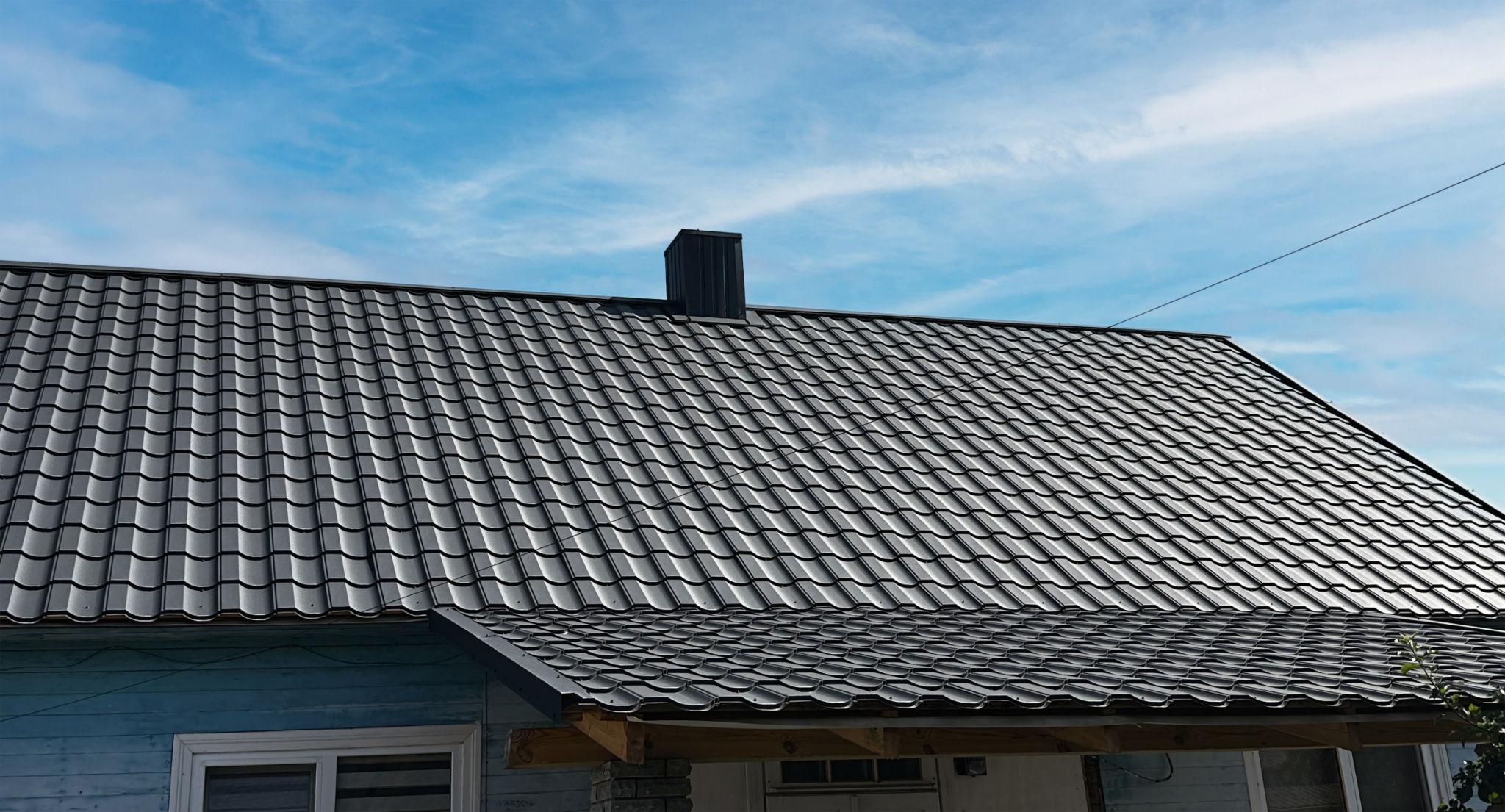Sustainable Roofing Materials: Current Trends and How They Benefit Your Home
Introduction to Sustainable Roofing Materials
In recent years, the roofing industry has seen a significant shift towards sustainability. As homeowners become more environmentally conscious, the demand for eco-friendly roofing materials has surged. Sustainable roofing not only benefits the environment but also offers numerous advantages for your home, including energy efficiency and increased property value.

What Makes a Roofing Material Sustainable?
Sustainable roofing materials are those that have a reduced environmental impact across their lifecycle. This includes production, installation, and eventual disposal. Key factors that contribute to sustainability in roofing materials include:
- Energy Efficiency: Materials that help regulate indoor temperatures can reduce the need for heating and cooling.
- Durability: Long-lasting materials require fewer replacements, reducing waste.
- Recyclability: At the end of their lifespan, sustainable materials can often be recycled rather than sent to a landfill.
Popular Sustainable Roofing Materials
Several materials are gaining popularity for their sustainable properties. Among these are:
- Metal Roofing: Made from recycled materials and fully recyclable, metal roofs are durable and energy-efficient.
- Clay and Concrete Tiles: These natural materials are long-lasting and can be recycled, offering excellent thermal properties.
- Recycled Shingles: Made from waste materials like rubber or plastic, these shingles are an eco-friendly choice.

The Benefits of Sustainable Roofing
Adopting sustainable roofing materials can offer numerous advantages for homeowners. Firstly, they significantly improve energy efficiency. By better insulating your home, these materials help maintain a consistent indoor temperature, reducing your reliance on heating and cooling systems.
Moreover, sustainable roofing materials typically have a longer lifespan than traditional options. This longevity translates to reduced maintenance costs and fewer replacements over time. Furthermore, investing in environmentally friendly roofing can enhance your home's resale value, as more buyers are seeking eco-conscious properties.

Challenges and Considerations
While sustainable roofing offers numerous benefits, there are certain challenges and considerations to keep in mind. The initial cost of some sustainable materials can be higher than traditional options. However, it’s essential to consider the long-term savings on energy bills and maintenance.
Additionally, the availability of sustainable materials may vary depending on your location, which could affect your choices. Consulting with a roofing expert can help you navigate these options and select the best material for your specific needs.
Conclusion
The trend towards sustainable roofing is more than just a passing fad; it represents a crucial step towards a more environmentally friendly future. By choosing sustainable materials, homeowners can enjoy a range of benefits from enhanced energy efficiency to increased property value. As the industry continues to innovate, we can expect even more eco-friendly options to become available, making it easier than ever to make responsible choices for both your home and the planet.